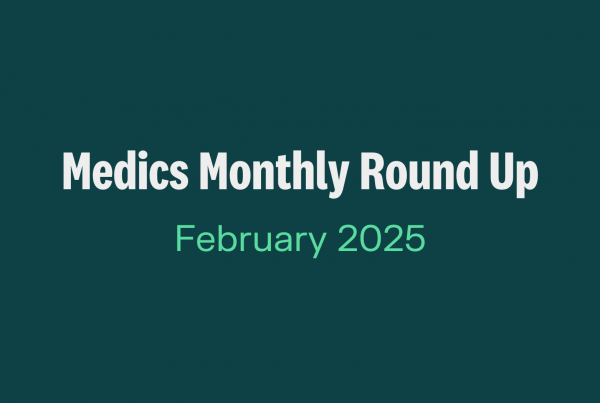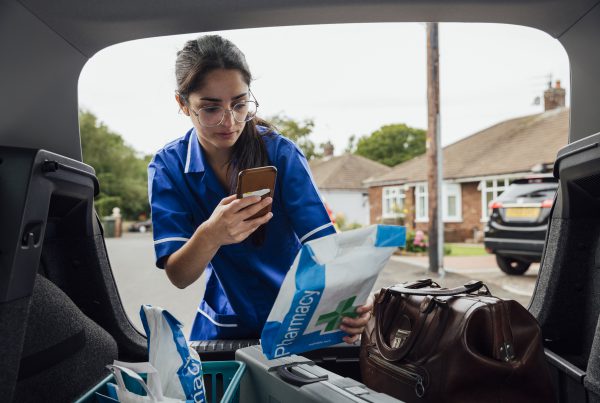 Blog by Darren Kilroy, Medical Director – International, RLDatix
Blog by Darren Kilroy, Medical Director – International, RLDatix
Patient safety, like the health and care environment in which we find ourselves each day whether as the recipients or providers of that care, is multifaceted in nature and multifactorial in its execution. The technological elements of building, delivering and assuring a safe patient episode of care are unprecedented in their complexity, and the expectations we hold of those technologies, be that robotics, diagnostics, data analytics or workforce deployment are, quite rightly, extremely high.
Absolute reliability and seamless interoperability are but two of those expectations; there are scores of others. Patient care demands a bar that rises inexorably, and only the best software will pass the test. That is exactly how it should be. That it what we all want it to be.
And yet – within that complexity – the rate limiting step will always remain the people whose fingertips tap the screen, record the voice note, read the data, pore over the charts. Because those are the same people who incise the skin, counsel the bereaved, lead the team, make the tea in the staff room. We talk to our fellow human beings as we do all of these things. Sometimes, we don’t listen as well as we could. We certainly struggle to learn as well as we should.
When we talk improperly, lose our civility, act unpredictably, instill any sense of anxiety in those around us, we let the technology down, we let each other down, we let patients down. And we become unsafe. So it is really rewarding to be attending and supporting the 14th Annual Patient Safety Summit from the Royal Society of Medicine this November that reflects those issues of humanity in the provision of safe care in a world of dizzying technology.
Psychological safety and incivility are writ large in the agenda, and the evidence for the role of these elements of professional practice in our ability to work and function effectively and hence safely is beyond compelling.
I have had the privilege to work with, and support any number of healthcare providers whose success in fully leveraging the benefits of the technology they’ve procured has been clipped by issues of culture. In too many of these scenarios, I have seen the corrosive influence of incivility on teams. And, regrettably, incident data shows us time and again that, where human factors are cited in early reports, clinical harm invariably follows on.
I’m looking forward to hearing from experts and those with lived experience at the Patient Safety Summit. I hope we will all take something new away from it; I’m sure we will. The admixture of technology and people is always in flux and always interesting. The more stories we tell about this, the better. Workshops, discussion, dialogue. the essential tolls to improve our understanding.
Conversations and the sharing of stories and experiences are the most powerful agents of improvement. Improve we must. Safety is, as I mentioned earlier, multifaceted, but it’s us, the human beings at its core, who hold the key to sustained success. It promises to be an excellent day.
Want to continue the conversation?
Meet us at the Royal Society of Medicine 14th Annual Patient Safety Event 2024 on the 14th November to discuss these topics in further detail and learn more about how we can support you.




